Deep Plane Face Lifting

Deep Plane Face Lifting
We often associate lifting procedures with artificially stretched facial skin. However, knowledge of human anatomy and the possibilities of aesthetic medicine continue to reach a higher level.
Deep Plane Lifting is a new facial rejuvenation technique that has completely revolutionized the traditional approach to facial plastic surgery. It allows you to turn back the clock by decades, producing a natural-looking rejuvenation effect.
Deep Plane Face Lifting
It has been said that 40 is the new 30. We are living longer and longer, and we are active longer. We would like our appearance to reflect our strength, vitality and appetite for life, sometimes directly proportional to our metric. Even the best rejuvenating care and non-invasive treatments are not able to give such results as the skilled hand of a plastic surgeon. Especially if we expect quick changes.
The decision to have a facelift is never easy. After all, it is a major operation. However, if you want to look fresh and young, it is worth going for a consultation to see if you qualify for a Deep Plane Lifting procedure.
A young face is shaped like a V, the so-called inverted triangle. Unfortunately, from the age of 25, the skin begins to lose collagen, which is its natural scaffolding – in addition, the soft tissues of the face begin to droop, the cheeks and zygomatic area lose volume, “hamster cheeks” appear, the chin becomes less pronounced and, what adds most to our years, a “hanging” loose neck.
There is an inversion of proportions: now the face is inscribed in a triangle with a wide base and apex on top, or it becomes square.
Deep Plane Face Lifting
The goal of the Deep Plane Face and Neck Lift is to lift the facial tissues and improve the appearance of the neck. In a traditional facelift, facial tissues are lifted by tightening the SMAS flap – a fascial and muscular structure.
However, the aging process affects all tissues, including those that lie deeper – the fatty tissue and the superficial fascia and underlying muscles.
The deep facelift technique has recently become such a desirable surgical method because it lifts both the skin, including the fascial-muscular layer (SMAS), and also repositions the deep fat pads of the cheeks and the areas of the face that lie in the central part of the face, which was limited with traditional facelift methods.
During the procedure, the skin is lifted only in a limited area.
Deep Plane Face Lifting
This has numerous advantages, including that the facial surface is naturally rejuvenated and smooth, rather than tightened, as with a classic facelift. It also helps maintain blood flow to the face, which allows for faster healing, and shorter recovery.
Deep face lift also gives the face a lift without tension – this gives a more stable effect of the surgery over time, and restores volume in the zygomatic and infraorbital areas. Thus, there is no need for additional facial contouring with fat or filler.
It’s also worth noting that a traditional facelift tightens the face horizontally or toward the ears and can make it look stretched and the cheeks flattened. The Deep Face Lift technique allows for a real lifting of facial structures, rebuilding the shape of the cheeks and lifting the drooping corners of the mouth.
The face regains the shape of a youthful triangle, as if the forces of gravity had not previously acted on it. The effect of the procedure – depending on our lifestyle – lasts 10-15 years.
Before and after effectsDeep Plane Face lift


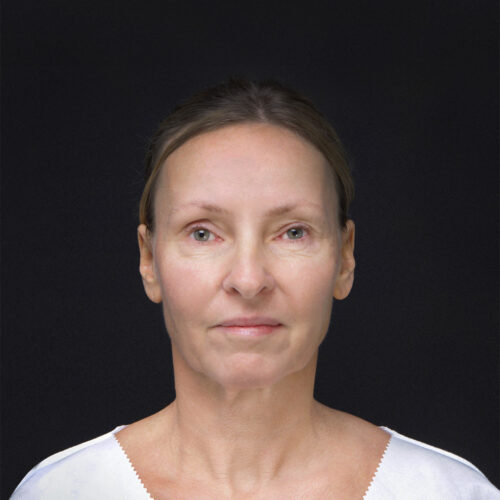
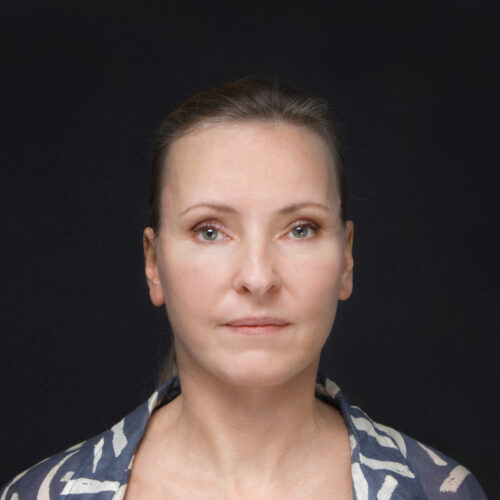
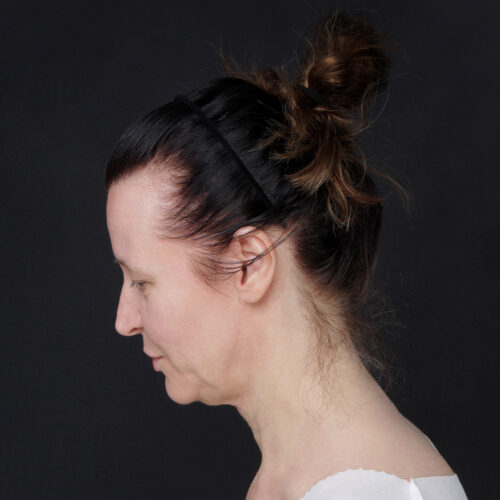

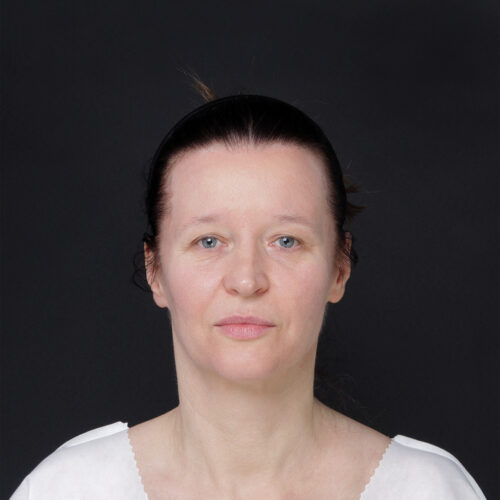
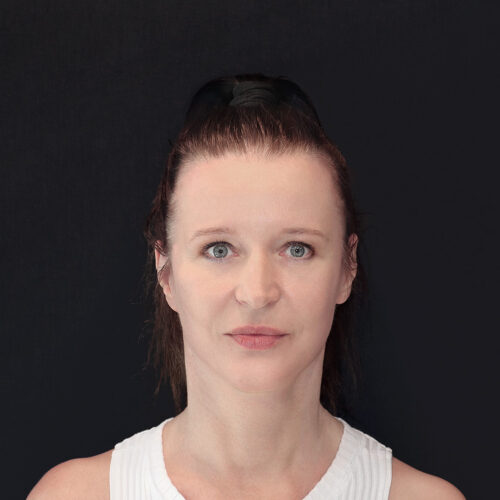
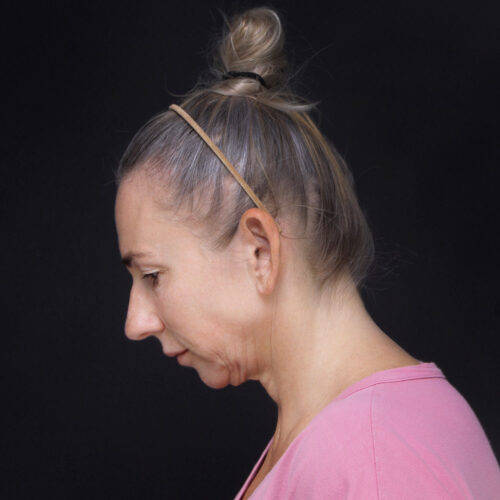



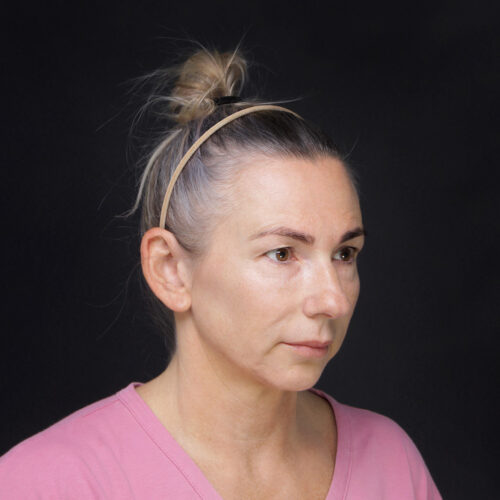

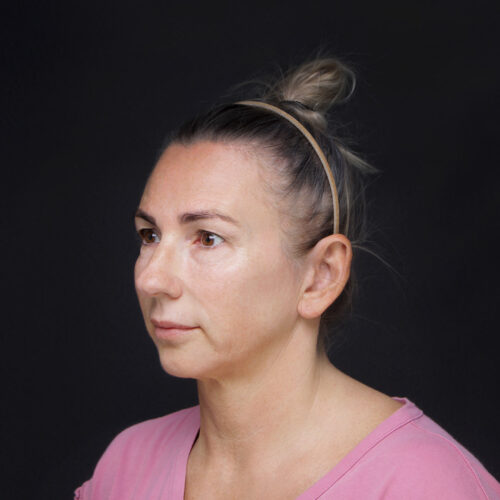





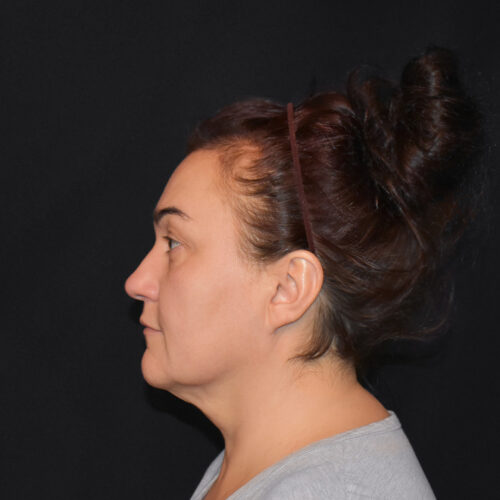
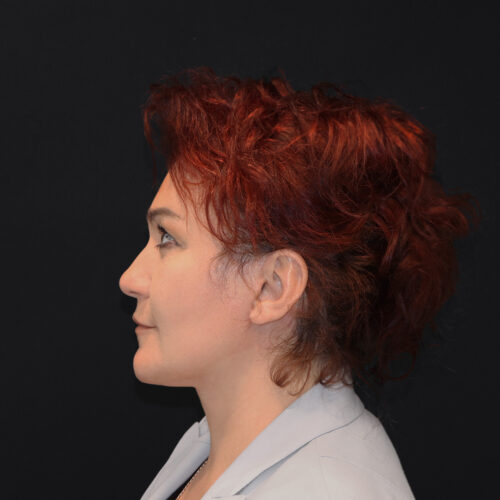

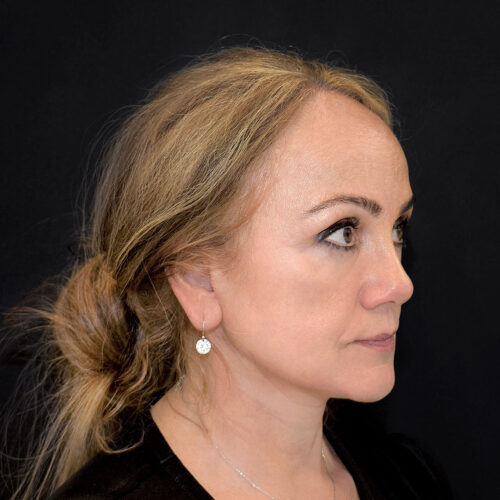


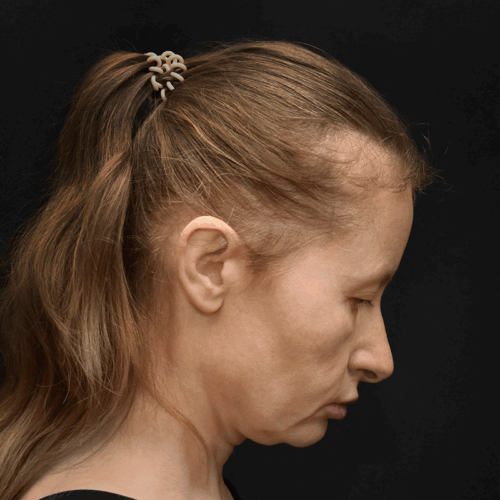
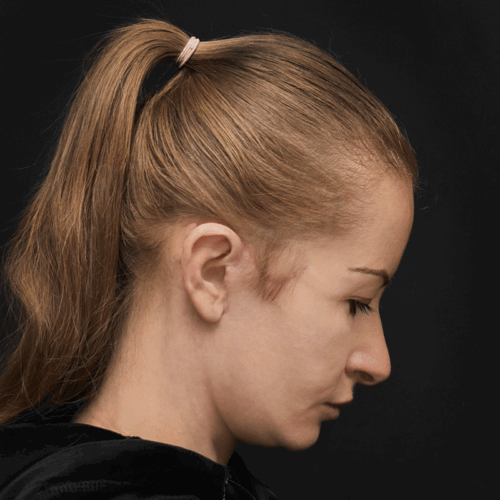
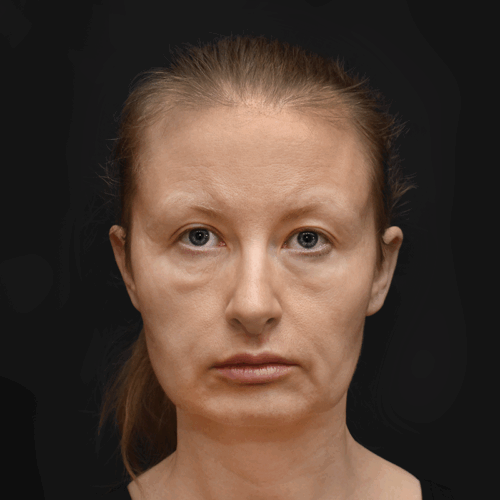
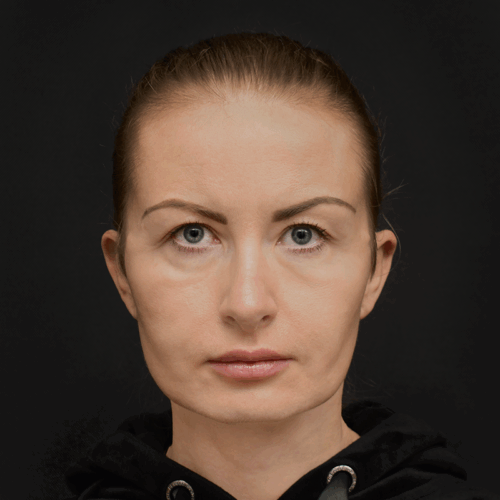
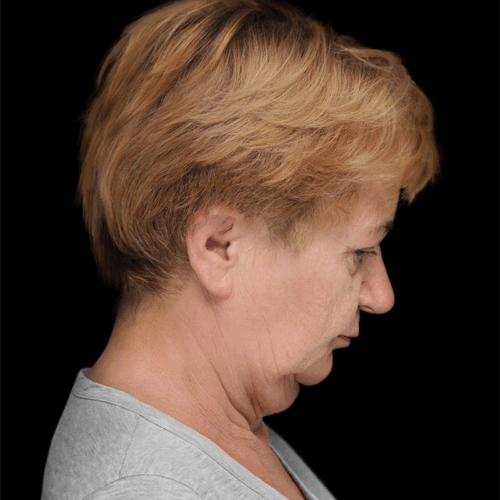
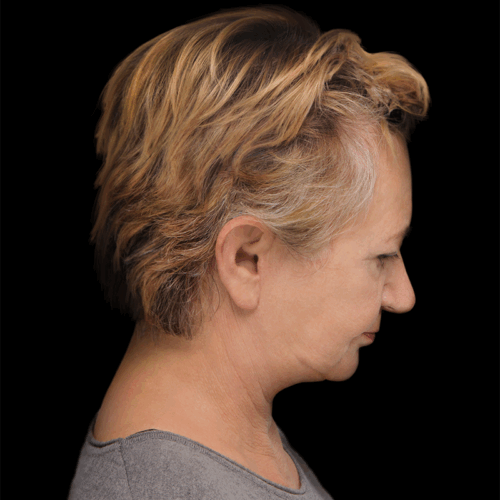
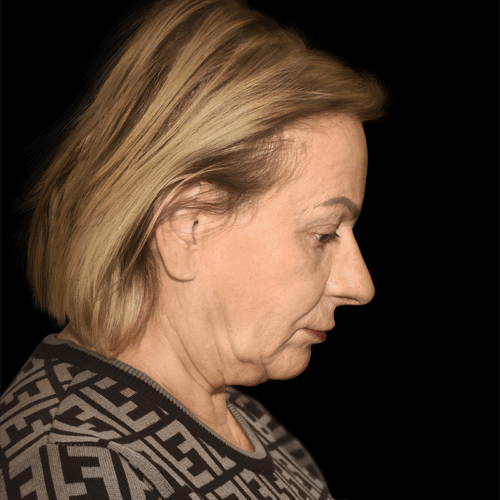
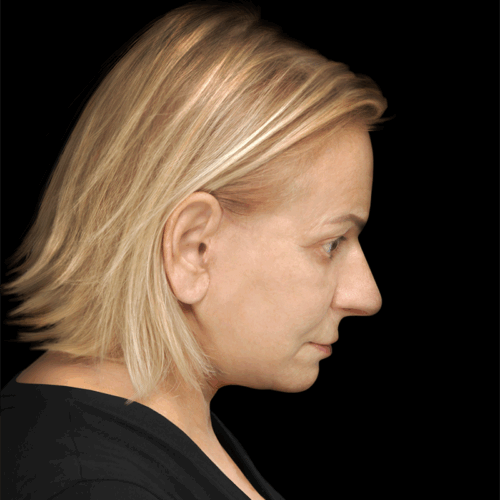
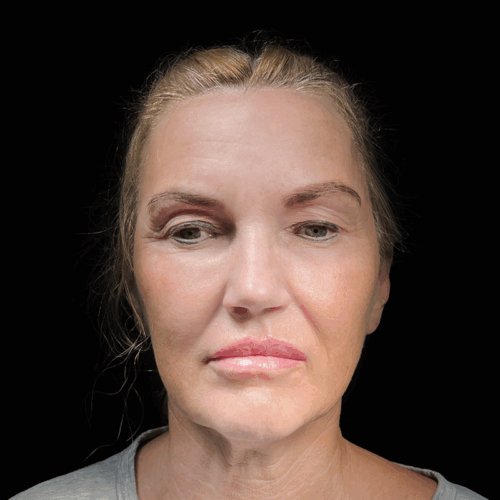
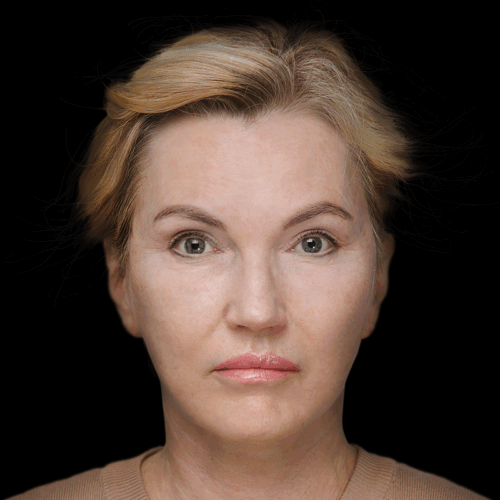


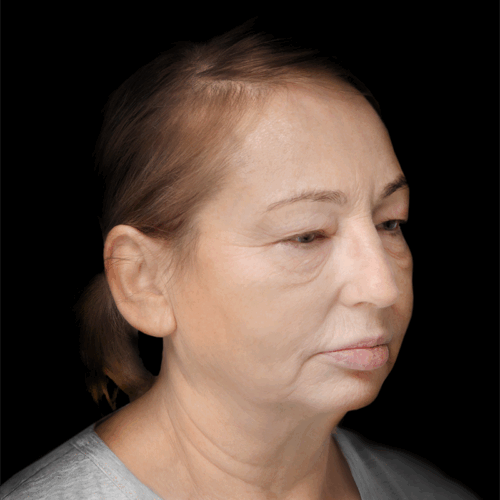
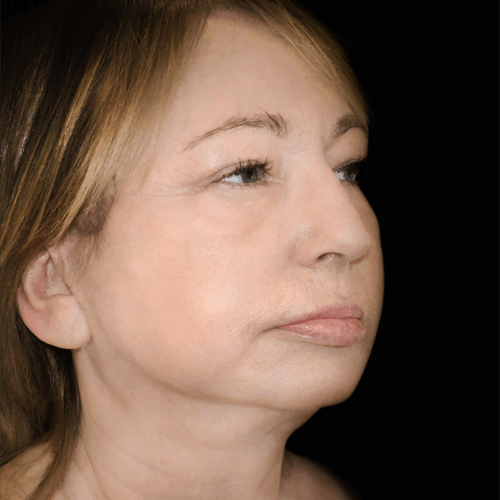
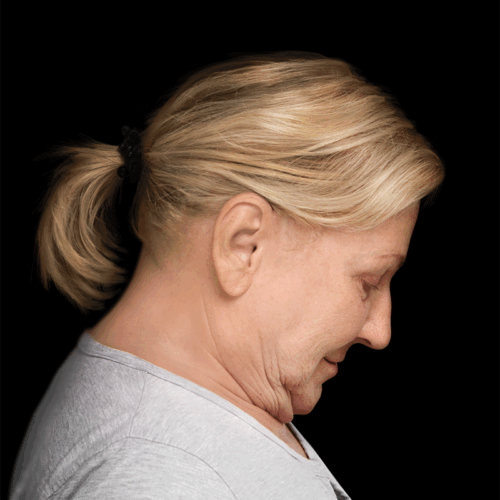
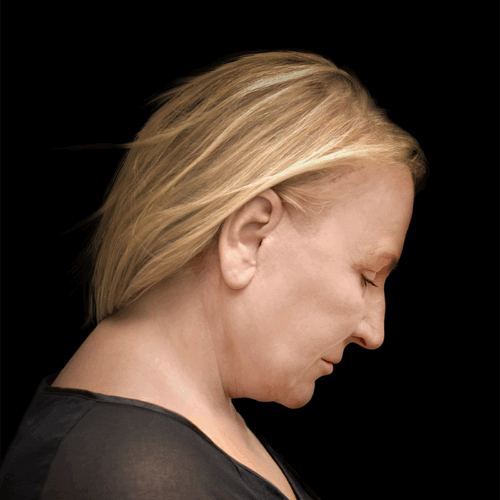




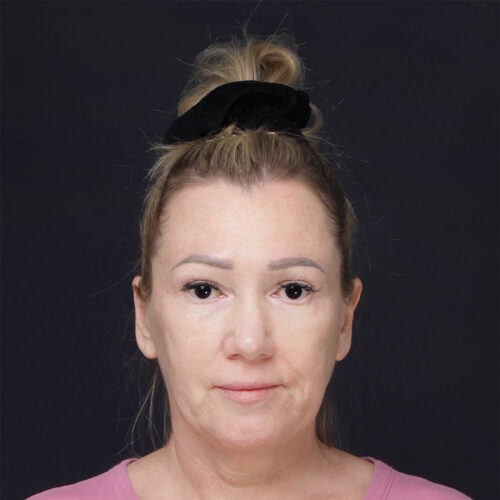



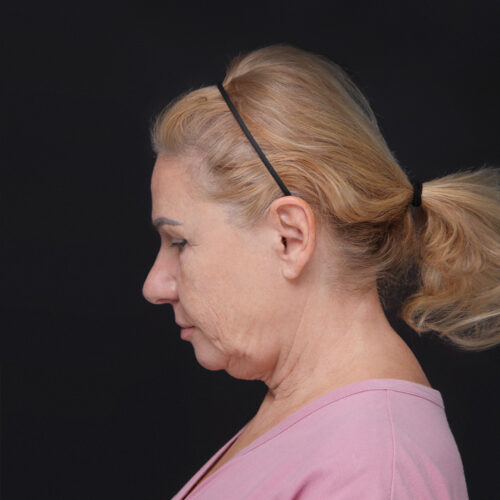
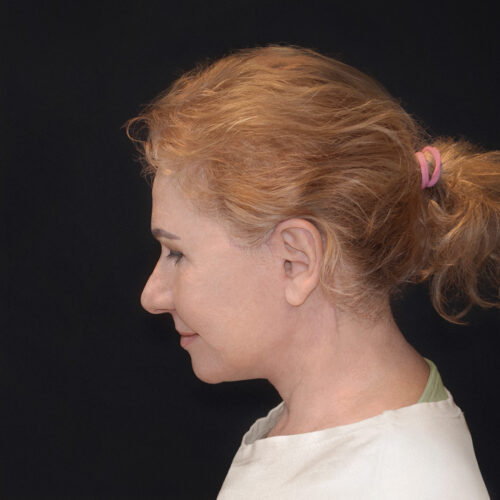
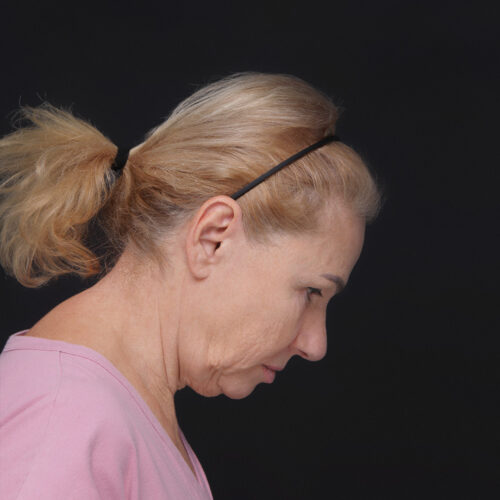
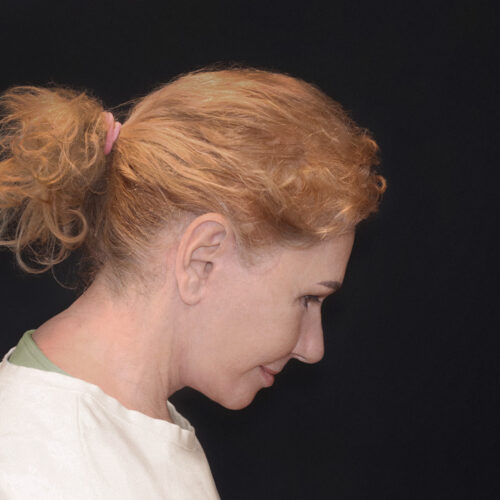


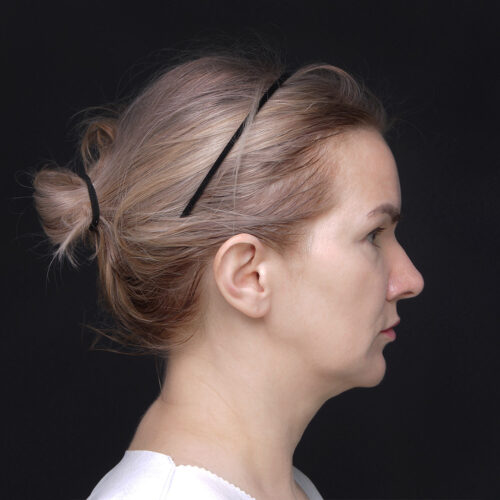



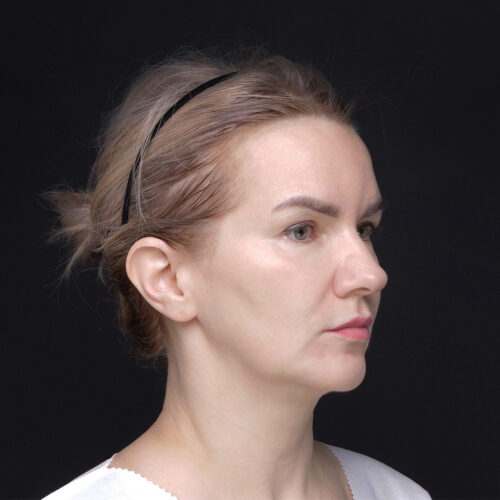



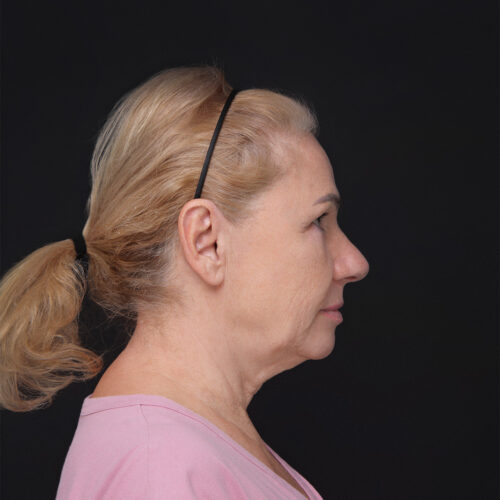
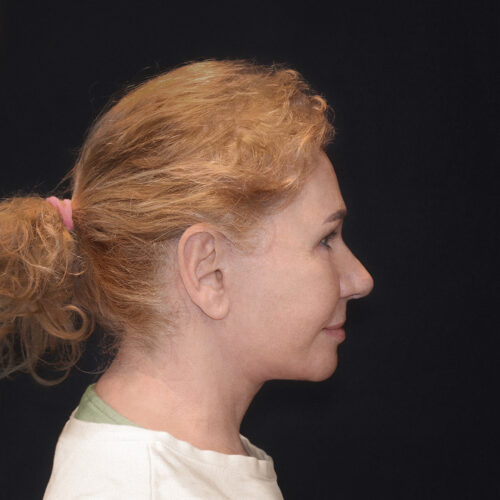




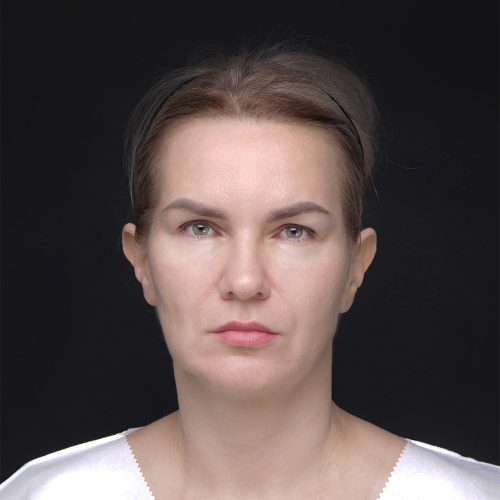

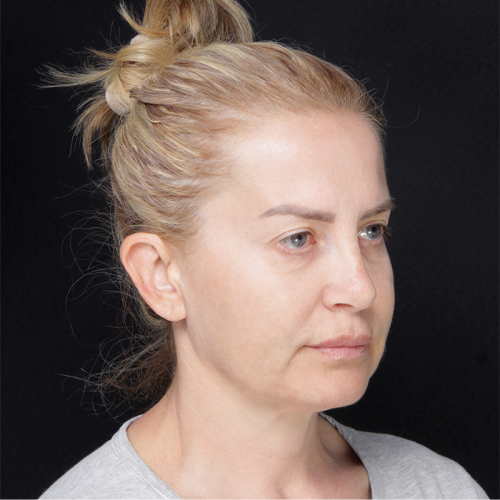
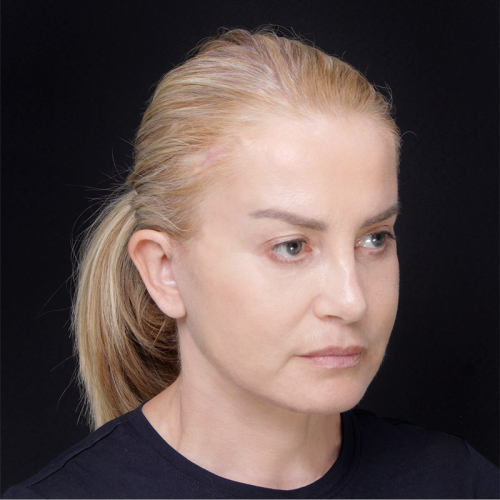
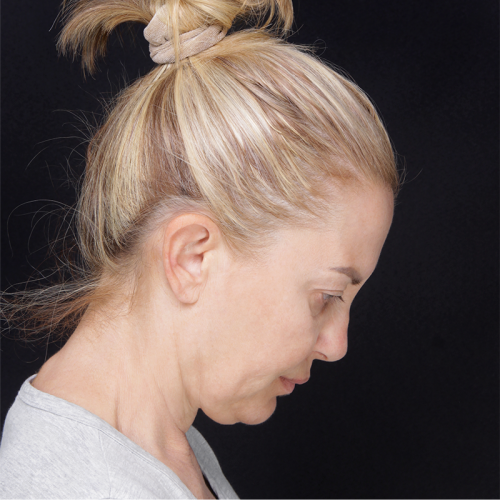

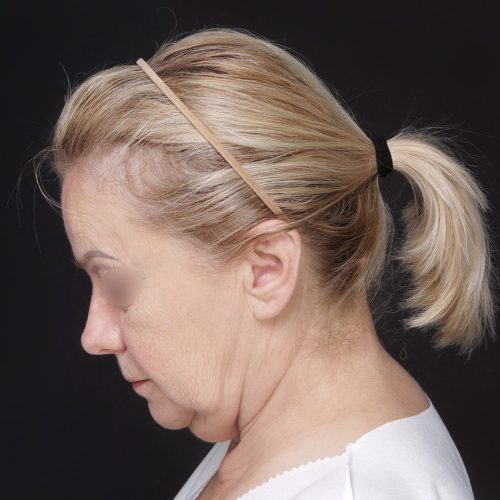
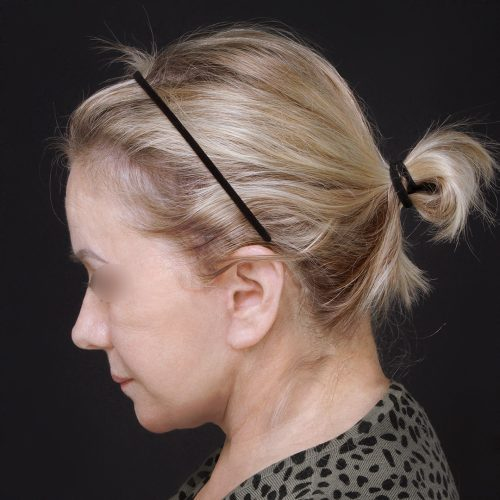



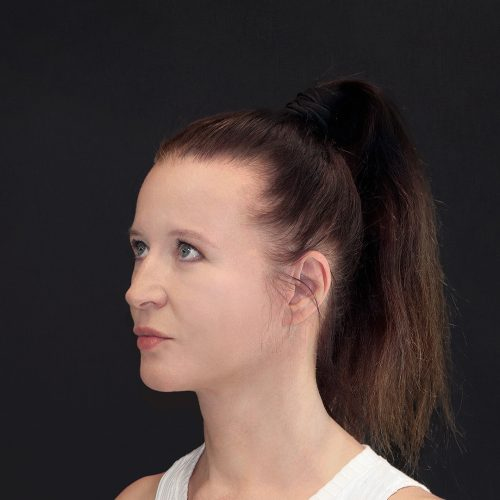


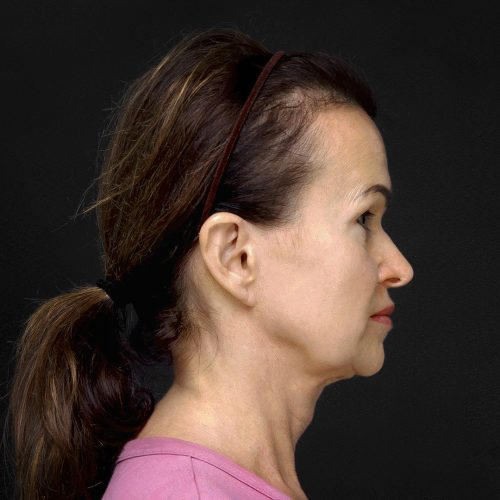

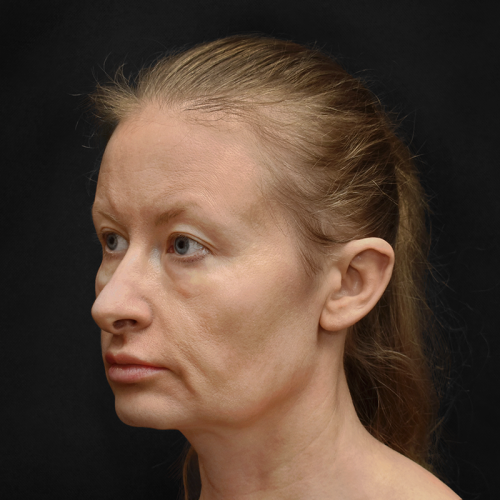
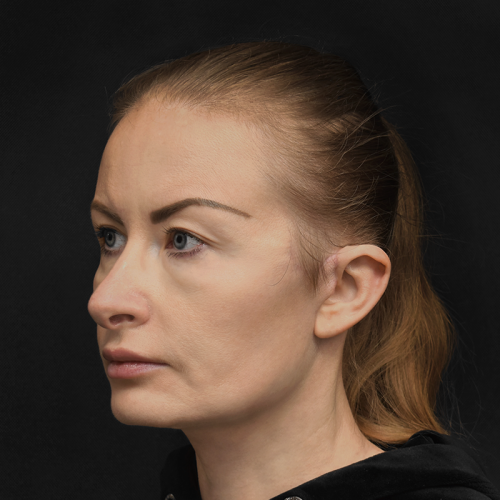








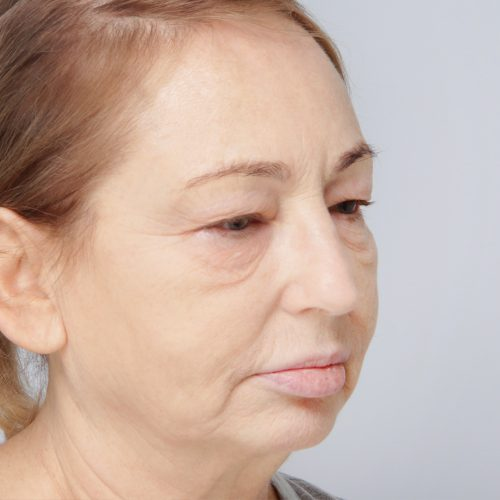
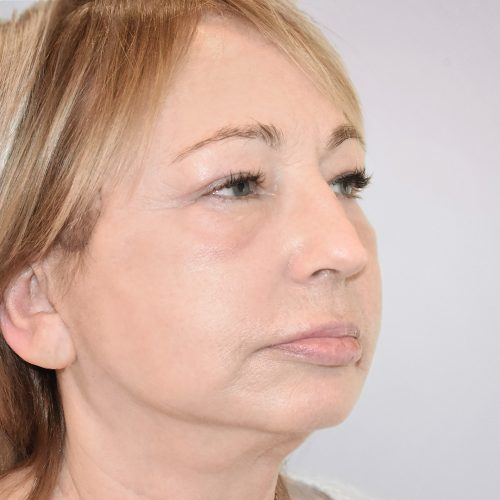






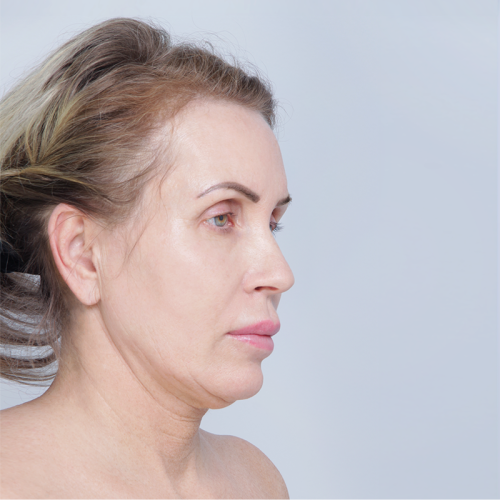
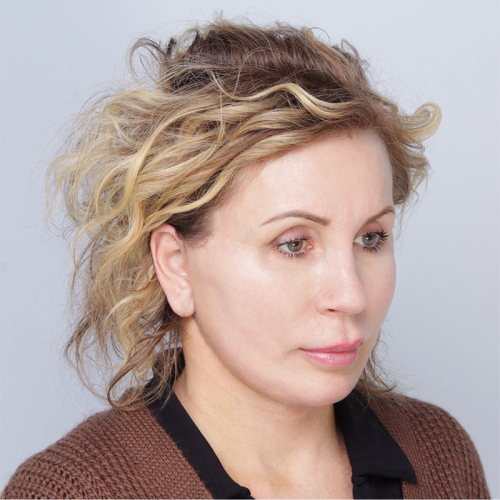

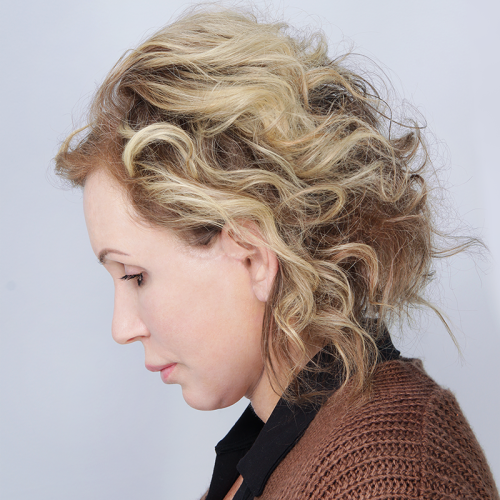
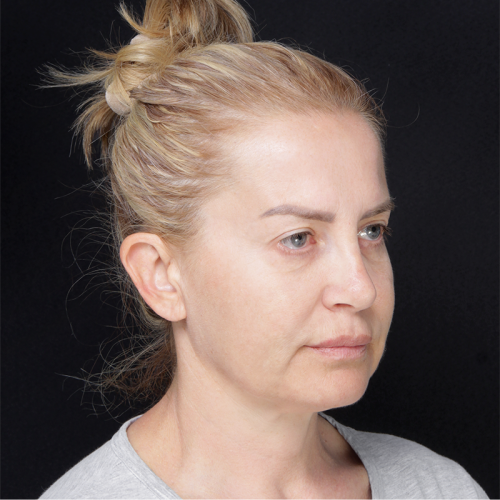
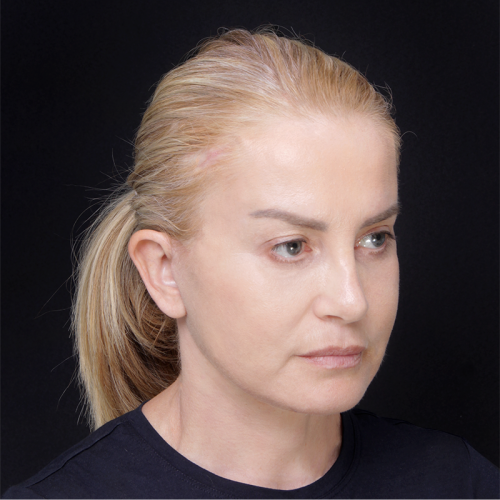
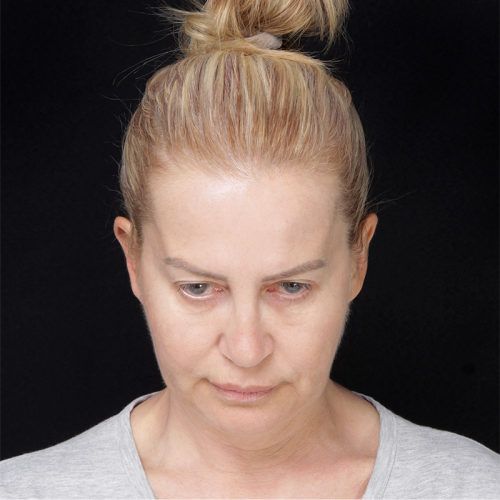



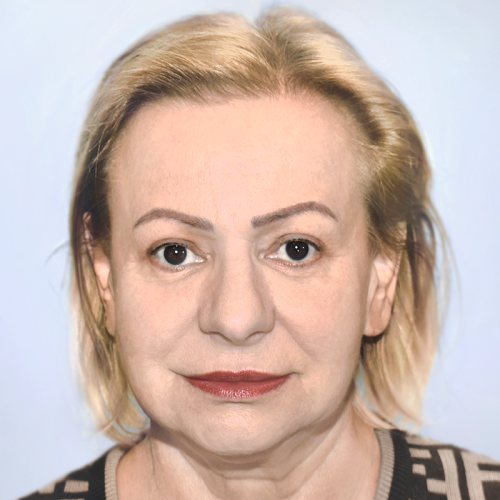
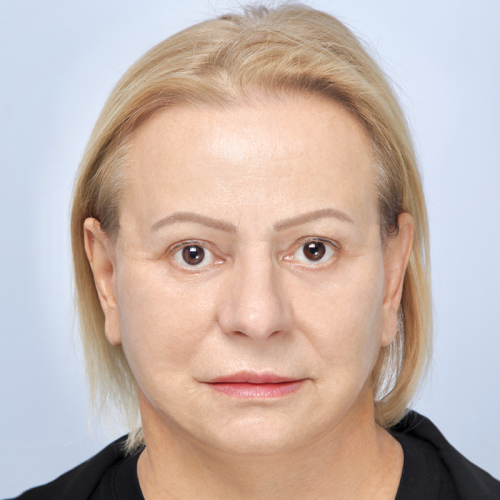



































































What does the
recovery look like?
With today’s advanced, minimally invasive surgical techniques, patients can expect to return to their daily routine after about 14 days. Most patients experience pain the night after surgery and the next day. After two days, the vast majority can already function without painkillers.
Cold compresses can be applied to reduce swelling, and rest is also indicated. Recovery is also accelerated by hyperbaric oxygen therapy, as it increases oxygenation of facial tissues and stimulates the growth of new blood vessels, which in turn contributes to faster recovery. The relatively short healing time means that a facelift can also be considered by those with busier schedules.
Is it time
for a facelift
Aging is a highly individual matter. There is no ideal age or time for a facelift; it all depends on how the patient feels about themself, their expectations for improving their appearance and how much time they can devote to recovery.
Typically, patients between the ages of 40 and 70 opt for a facelift. Often, however, patients as young as 30 come in for the operation, not so much to “rejuvenate” and restore a youthful appearance before time makes its mark on their faces, but to improve the appearance of the neck, to restore its correct contours.
Price list
Deep Plane Face lift
| Treatment | Price from | Price to |
|---|---|---|
| Deep Plane Face Lift | 12 910 € |
